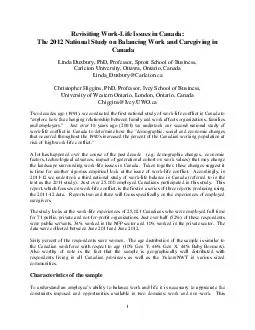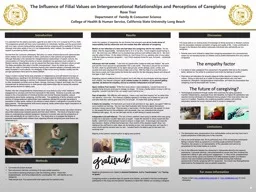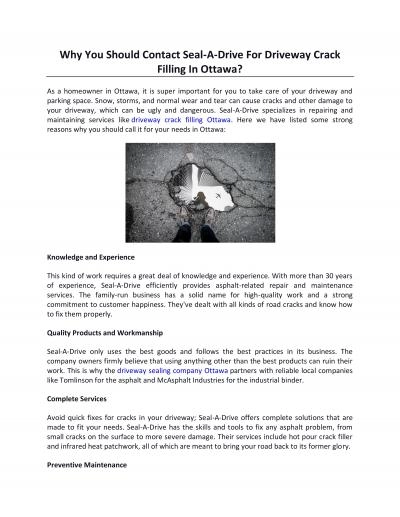PDF-Revisiting Work Life Issues in Canada The National Study on Balancing Work and Caregiving
Author : alida-meadow | Published Date : 2014-12-20
ca Christopher Higgins PhD Professor Ivey School of Business University of Western Ontario London Ontario Canada ChigginsIveyUWOca Two decades ago 1991 we conducted
Presentation Embed Code
Download Presentation
Download Presentation The PPT/PDF document "Revisiting Work Life Issues in Canada Th..." is the property of its rightful owner. Permission is granted to download and print the materials on this website for personal, non-commercial use only, and to display it on your personal computer provided you do not modify the materials and that you retain all copyright notices contained in the materials. By downloading content from our website, you accept the terms of this agreement.
Revisiting Work Life Issues in Canada The National Study on Balancing Work and Caregiving: Transcript
Download Rules Of Document
"Revisiting Work Life Issues in Canada The National Study on Balancing Work and Caregiving"The content belongs to its owner. You may download and print it for personal use, without modification, and keep all copyright notices. By downloading, you agree to these terms.
Related Documents














